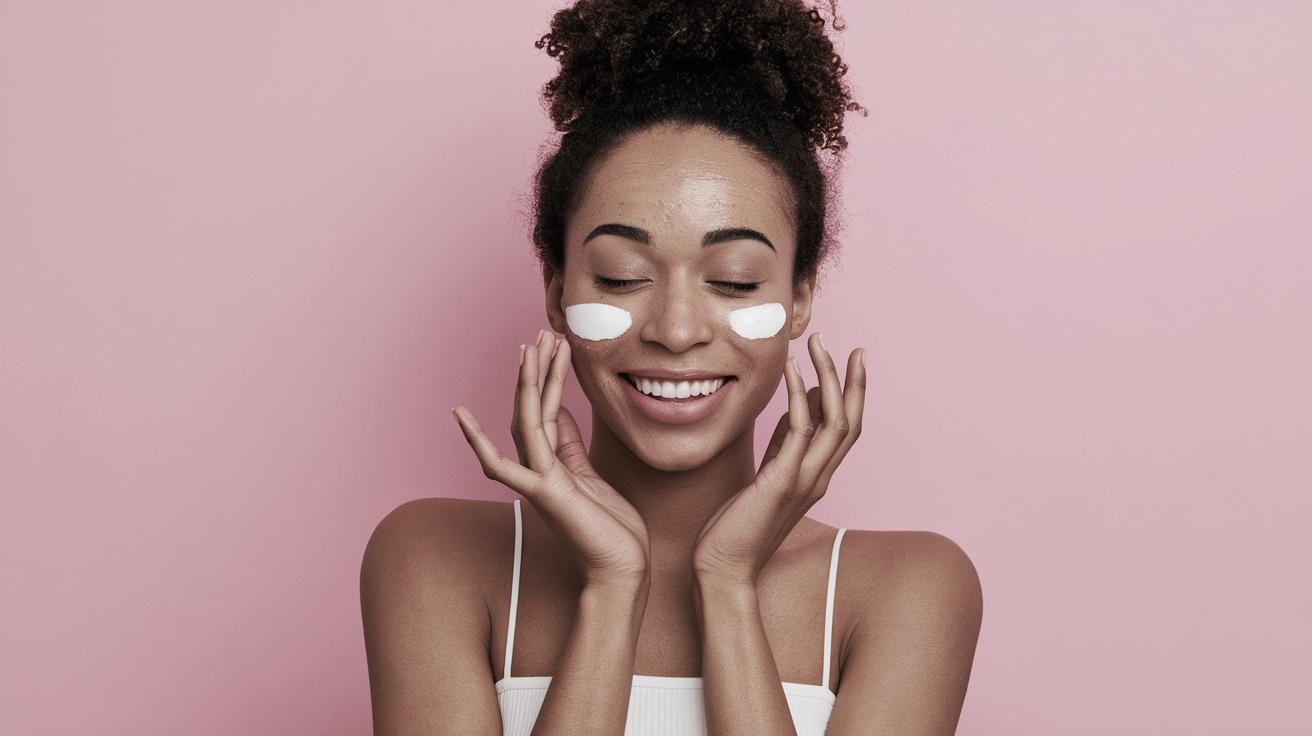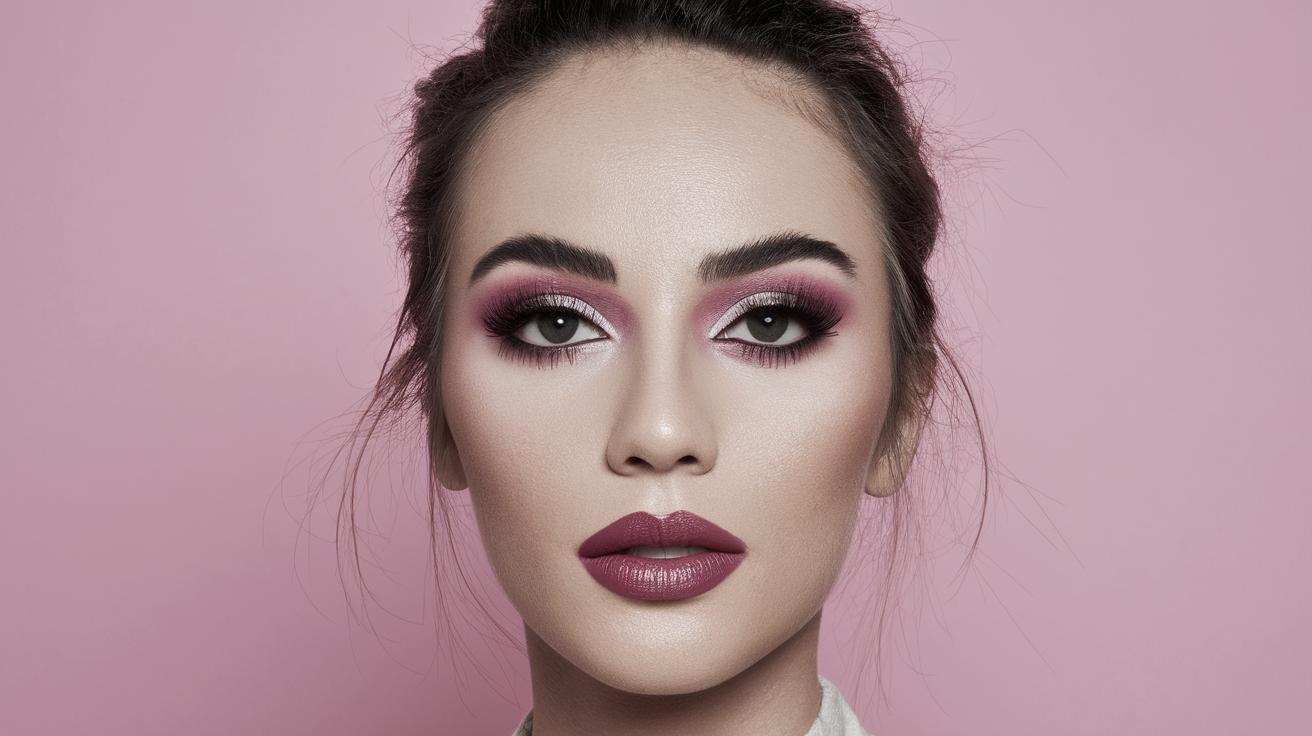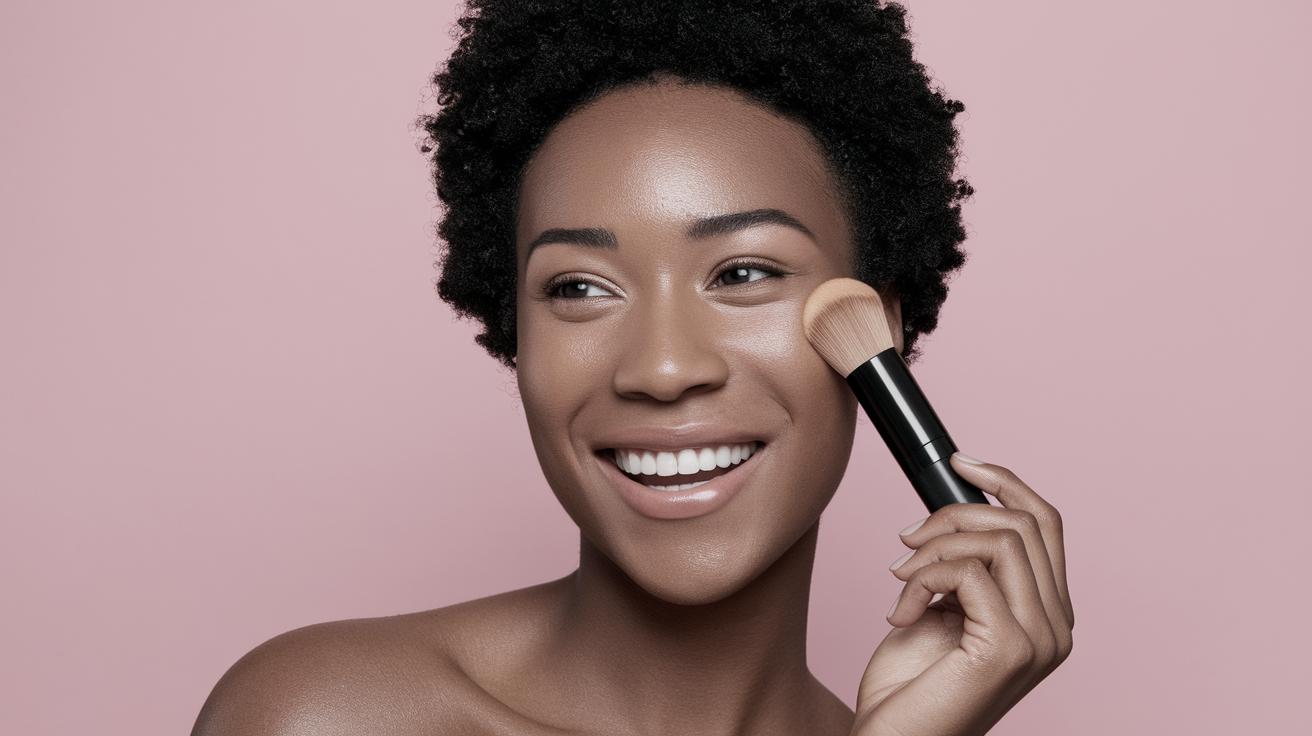Ingredients to Avoid in Beauty Products
Understanding what goes into your beauty products is essential for maintaining healthy skin and general well-being.
Some ingredients in cosmetics and skincare can cause adverse reactions or long-term health implications. This blog
post delves into the ingredients you may want to avoid, why they are used, and healthier alternatives. We’ll also
look at special considerations for those with sensitive skin or existing conditions, helping you make informed
choices for a better beauty regimen.
Why You Want to Stay Away from Certain Ingredients
Many ingredients used in beauty products can seem harmless but may have hidden downsides. While some chemicals
ensure product longevity and efficacy, they might also lead to skin irritation, hormone disruption, or even
contribute to long-term health issues. It’s important to be vigilant and understand the impact of these substances on your skin and body.
As consumers become more conscious, there’s a growing demand for transparency in ingredient lists. Avoiding certain
chemicals can significantly improve your skin health and reduce the risk of allergic reactions. Remember, what you
put on your skin is as crucial as what you ingest, so understanding these ingredients can lead to more informed
choices.
Ingredients to Consider Avoiding
PEGs (Polyethylene Glycols)
PEGs are used in many beauty products as thickeners, solvents, and softeners. While they may enhance
texture, they can be contaminated with 1,4-dioxane, a probable human carcinogen. This contamination occurs during
manufacturing when ethylene oxide is used.
Due to their potential toxicity, many health advocates recommend steering clear of PEGs. They can also strip the
skin of its natural moisture, leading to dryness and irritation. Opting for products free from PEGs can be a safer
choice for those with sensitive skin or anyone cautious about chemical exposure.
Methyl and Propyl Parabens
Methyl and Propyl Parabens are commonly found in cosmetics as preservatives, preventing the growth of harmful
bacteria. However, they can mimic estrogen in the body, potentially disrupting hormonal balance and increasing the risk of breast cancer.
With growing concerns over their safety, many brands have started to offer paraben-free options. Always check labels
and choose products that utilize natural preservatives or ones that are certified organic to ensure you’re avoiding
these controversial compounds.
Aluminum
Aluminum compounds are primarily used in antiperspirants to block sweat ducts. However, there are concerns about its
links to breast cancer and Alzheimer’s disease. While research is ongoing, reducing exposure to aluminum is a
precautionary measure many are choosing.
Look for deodorants without aluminum, especially if you have sensitive skin. Natural alternatives that use baking
soda, arrowroot, or other plant-based ingredients offer effective sweat and odor control without potential health
risks.
Formaldehyde
Although not directly added, formaldehyde can be released from preservatives like quaternium-15. It is known to
cause allergic skin reactions and has been classified as a human carcinogen by the International Agency for Research on Cancer.
Consider seeking products labeled as “formaldehyde-free” to avoid this harmful additive. As awareness grows,
consumers are shifting towards more organic and sustainably sourced beauty items that offer peace of mind.
Phthalates
Phthalates are used in personal care products to increase flexibility and longevity. Despite their utility,
they are known to be endocrine disruptors, potentially leading to reproductive and developmental issues.
To minimize exposure, choose products labeled “phthalate-free” or those that use essential oils for fragrance.
Reading labels carefully helps ensure you’re not inadvertently exposing yourself to these harmful substances.
Oxybenzone
Oxybenzone is a common UV filter in sunscreens but is associated with hormone disruption and cellular damage.
It’s also harmful to aquatic ecosystems, contributing to coral bleaching, leading many to avoid products
containing it.
Choosing mineral-based sunscreens containing zinc oxide or titanium dioxide can protect your skin without harming sea
life. These ingredients provide broad-spectrum UV protection and are generally considered safe alternatives.
What to Use Instead and Why
Tea Tree Oil
Tea tree oil is a natural alternative boasting antifungal and antibacterial properties, making it a great substitute
for synthetic antimicrobials. It combats acne and soothes skin irritations without the side effects of harsh chemicals.
Incorporating tea tree oil into your beauty routine can help maintain clear skin while avoiding potential
allergic reactions. It’s an effective and gentle ingredient suitable for many skin types.
Glycerin
Glycerin is a well-known humectant that draws moisture to the skin, ensuring optimal hydration. It’s
an excellent alternative to PEGs, as it provides moisture retention without the risk of contamination.
Widely used in skincare, glycerin naturally hydrates dry and sensitive skin, making it a must-have in any
moisturizing product. It’s non-toxic and suits nearly every skin type, enhancing the skin’s natural barrier.
Coconut Oil
Renowned for its moisturizing properties, coconut oil is a versatile alternative to chemical-laden
beauty products. It serves as an effective makeup remover, moisturizer, and even hair conditioner.
With its natural origin, coconut oil is free from synthetic additives, offering a safe and nourishing
option for your beauty regimen. Its antifungal properties can benefit those with dry or sensitive
skin.
Elderberry Extract
Elderberry extract is rich in vitamins and antioxidants, which makes it a stellar substitute for synthetic
antioxidants. It supports skin health by fighting free radicals and maintaining a youthful appearance.
In addition to its skin benefits, elderberry extract is known for its strong anti-inflammatory and
anti-viral properties, making it a great choice for holistic beauty products aimed at fostering overall
skin wellness.
Willow Bark Extract
Willow Bark Extract is a natural source of salicylic acid, which makes it an excellent alternative to
harsher chemical exfoliants. It gently unclogs pores and alleviates acne without irritating the skin.
This ingredient is perfect for those seeking an effective but gentler solution to maintain clear skin
while minimizing possible side effects. Its anti-inflammatory properties also make it ideal for soothing
sensitivities.
Conditions and Special Considerations
Layering is Not for Skin Care
While layering can benefit fashion, it can complicate skincare routines if not done wisely. Using multiple products
with different active ingredients may cause skin irritation or counteract their effects.
To avoid adverse reactions, start with one product at a time to find what suits your skin. Gradually introduce new
items and monitor responses to ensure you’re enhancing rather than harming your skin’s natural balance.
More is Not Always More
Overusing products can lead to overloading your skin with active ingredients, resulting in breakouts and sensitivity.
Balance is key to achieving the desired results without overwhelming your skin.
By simplifying your routine and focusing on quality over quantity, you can maintain healthy skin that doesn’t rely on
excess chemicals. Consider each product’s role and prioritize the essentials tailored to your skin type.
Sensitive Skin, Eczema, Dermatitis, or Rosacea
If you deal with sensitive skin conditions like eczema, dermatitis, or rosacea, avoiding fragrance-heavy products or
known irritants is crucial to prevent flare-ups and discomfort.
Opt for fragrance-free, hypoallergenic formulas specifically designed for sensitive skin. These products minimize
irritation while nurturing your skin’s natural resilience.
Acne
For those with acne-prone skin, steering clear of products that could clog pores or exacerbate breakouts is essential.
Instead, use non-comedogenic and oil-free products.
Ingredients like salicylic acid or benzoyl peroxide are well-known acne treatments, but natural alternatives such as
tea tree oil or willow bark extract can also effectively manage breakouts while caring for your skin.
Takeaway
| Ingredient to Avoid | Why Avoid | Alternatives |
|---|---|---|
| PEGs | Potential toxicity and skin irritation | Glycerin |
| Parabens (Methyl, Propyl) | Hormonal disruption, increased cancer risk | Natural preservatives, certified organic products |
| Aluminum | Possible links to cancer and Alzheimer’s | Baking soda, arrowroot-based deodorants |
| Formaldehyde | Allergic reactions, carcinogenicity | Formaldehyde-free products |
| Phthalates | Endocrine disruption | Phthalate-free, essential oil-based fragrances |
| Oxybenzone | Hormone disruption, harmful to marine life | Zinc oxide, titanium dioxide-based sunscreens |


